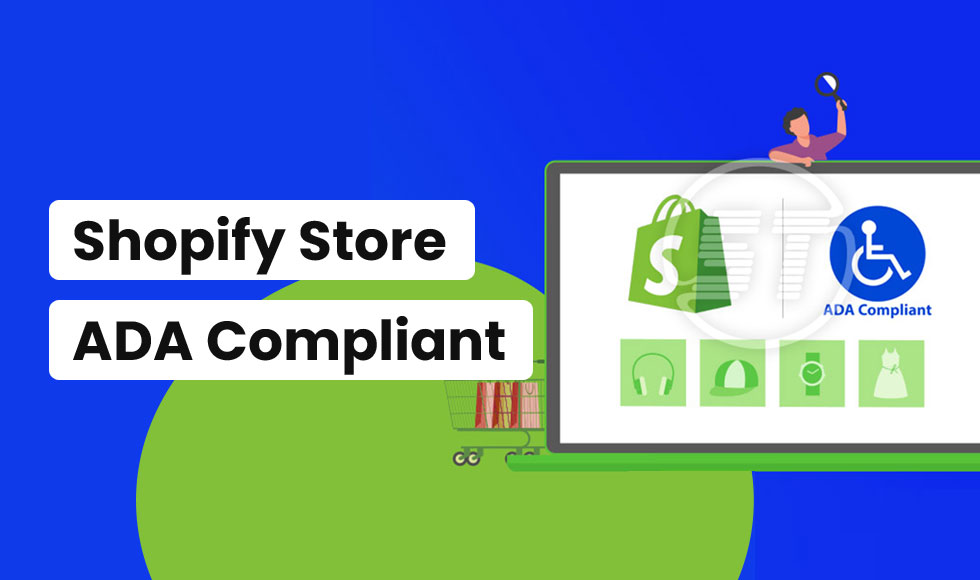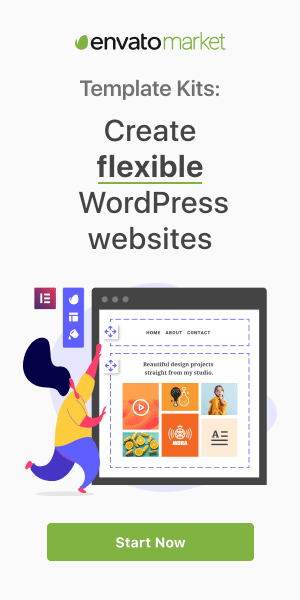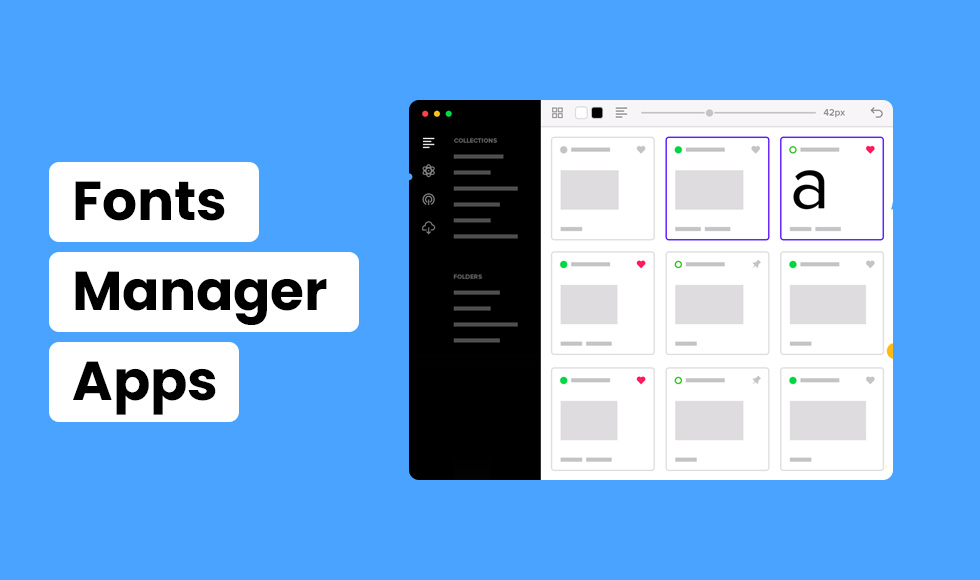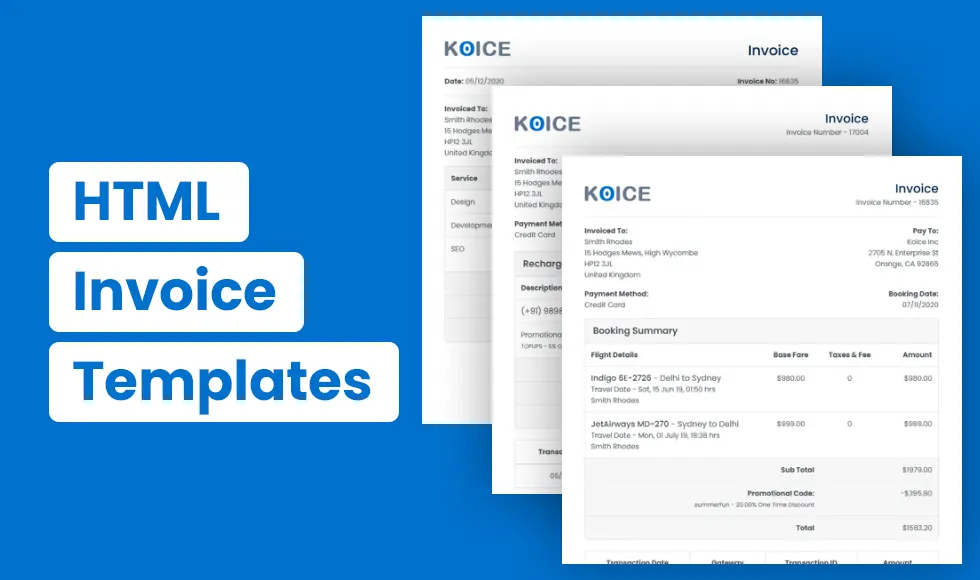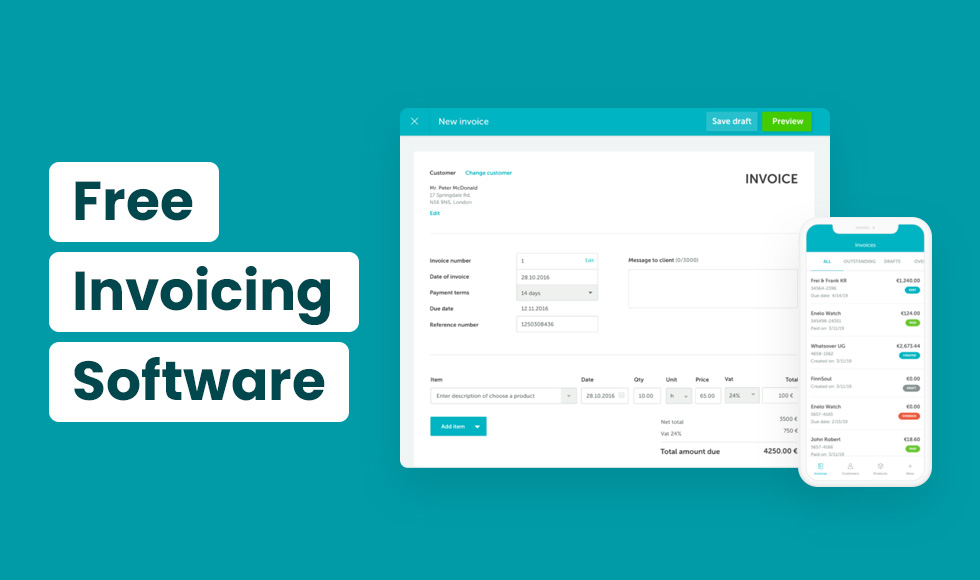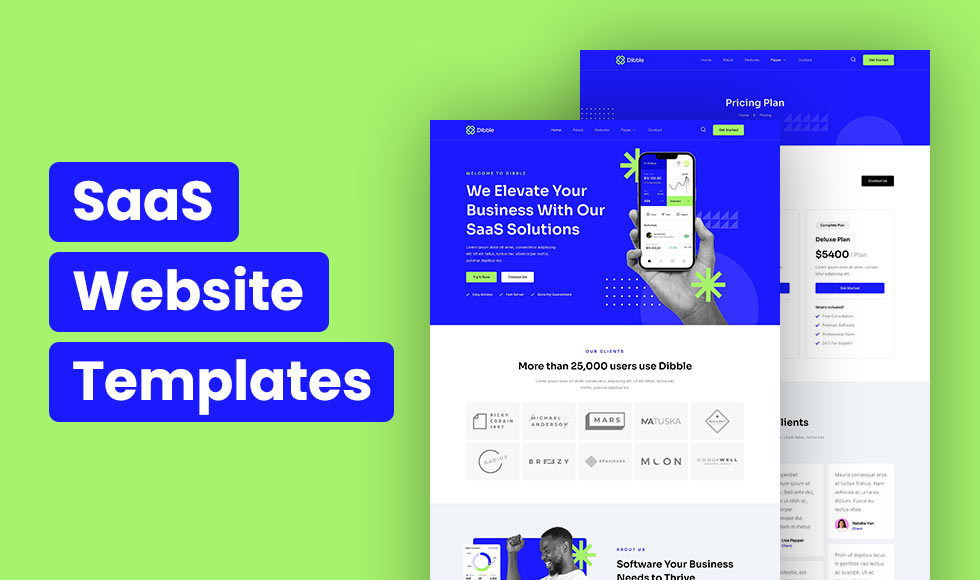If you run a Shopify business, you should be familiar with the term “web accessibility“. It speaks about adaptations, devices, and technologies that help individuals with disabilities visit and interact with websites and other online material. To put it briefly, these modifications greatly simplify the process of understanding, comprehending, and interacting with anything found on the internet.
Now let’s get started.
What Do WCAG and ADA Mean?
The unsettling fact is that most Shopify stores aren’t completely compliant or accessible. Everything you need to know about Shopify’s ADA compliance and the significance of online accessibility is covered in this article.
What Risks Come with Non-Compliance?
As a business owner, it’s your responsibility to serve your online audience with the best you can – including those with disabilities. Make sure these people can access your products, images, videos, or whatever your website offers.
A few legal practices have entered the market as a result of the growing demand for web accessibility, and they are profiting handsomely from suing website owners. This type of action is called a “surf-by“, similar to “drive-by” ADA lawsuits, which have been used maliciously against companies and organizations over the past thirty years.
Any Shopify website must comply with the Americans with Disabilities Act (ADA) or risk receiving expensive demand letters, which can cost as much as $5,000. The majority of these cases are just copy-and-paste boilerplate lawsuits trying to get class-action status.
The settlement payments (which go to the plaintiff’s attorneys) for your noncompliant Shopify website might be as much as $50,000 to settle, and the cost of defending it in court could reach hundreds of thousands of dollars!
Why is it Important to Provide Shopify Accessibility Features?
1. Shopify – the leading eCommerce giant
The e-commerce sector has been significantly impacted by Shopify’s online presence. Shopify websites need to adhere to ADA guidelines for business and legal purposes, as well as to maintain their positive reputation.
2. Lawyers are specifically targeting e-commerce websites
Law firms are always looking to make a quick profit, which is why US-based physical and virtual enterprises are so alluring. This essay, which explains how these legal firms are succeeding in the Southern District of New York (SDNY), their chosen venue, is a must-read for any manager or owner of a Shopify website.
So even if you only have an online presence in the United States and do not sell to US clients (meaning they can only see your website, not buy from it), you can still be at risk. Overall, make your Shopify store ADA compliant as it’s a requirement for your store – no matter where your store is located.
You may therefore still be in danger even if you merely have an online presence in the US and do not genuinely sell to US customers (i.e., they can visit your website but not make purchases from it). All things considered, ADA compliance is a must regardless of the location of your site or your headquarters.
3. ADA compliance is a social responsibility
In terms of morality, there is no disagreement. Setting the accessibility of a website as a top priority is right. Accessibility is defined as making an e-commerce or information website available to all users, regardless of their disability. Even though most businesses overlook it, it significantly affects people’s day-to-day lives.
Now that more people than ever before rely on a company’s internet platform, you’ll have a greater impact by becoming ADA-compliant.
Benefits of Having an ADA-Compliant Shopify Site?
The good news is that you and your clients will benefit from taking the time to ensure that your website is accessible. By making your store Shopify ADA compliance, you’re making sure that everyone has the greatest online shopping and watching experience possible.
One of the primary objectives of accessibility is to increase the usability, accessibility, and comprehension of platforms, services, and online environments for individuals with impairments. If a website isn’t ADA-compliant, disabled clients may find it unpleasant to not be able to access it in the same manner as everyone else. Everyone has the right to use the internet and all of its resources, including people with impairments.
One of the many ADA lawsuits that are being filed could target you if your Shopify website isn’t up to code. A few easy website optimization tasks could be the difference between more sales and hefty legal expenses, not to mention a damaged corporate reputation.
In the current marketplace, a brand’s reputation is extremely important! People prefer to buy from businesses that value diversity and give them a community-like feeling.
You can increase your reach to your target audience and boost your revenue by prioritizing web accessibility features and ensuring your website ADA compliance. For something that has to be fixed so badly, why lose up on potential sales?
Google is Blind
Everyone knows how important SEO is. Google will have an easier time reading your content the cleaner (i.e., accessible) the code on your website is. You will be able to get more sales and rank higher as a result of this. Nonetheless, a lot of individuals are ignorant of the close connection between SEO and accessibility.
You are giving users and browsers a better experience by making your Shopify website accessible, and search engines appreciate user-friendly and accessible websites. This tells the search engine that your website is taking care of these things and catering audience in a better way than others – so you should rank higher.
This means that customers are more likely to find you higher on search results – resulting in more revenue and an increased customer base.
Along with that, you get increased website traffic, and as we all know, more people means more sales. Therefore, following ADA guidelines increases your chances of getting paid more in addition to being morally right.
There’s no excuse not to enable accessibility for your Shopify website! Customers, staff members, and companies all stand to gain from it. You may contribute to removing obstacles and creating a more welcoming online environment for everyone by improving your website under WCAG 2.1 guidelines.
The Main Benefits:
- Enhanced User Experience
- Reduced Legal Risks
- Improved Market Reach
- Improved SEO
How Do You Make Your Shopify Store Accessible?
The Department of Justice recently released a document covering the guidance for accessibility, which is however twenty years overdue and very basic. But it’s worth checking out. Here’s the link.
1. Text accessibility and color
Use appropriate text formatting to make your store more appealing to customers with visual impairments. The WCAG specifies certain rules, such as the use of headers, text size, alignment, and color contrast that are appropriate. Additionally, text links must to be identified with an underline or other obvious differentiator.
2. Alternative Text
To make sure your images are accessible to all your visitors, irrespective of ability or disability, the use of Alt text is important. To make your website’s photographs more readable and accessible to both; screen-reading software and Google crawlers, you have to use Alt text. This ensures that you disabled visitors (using screen readers) are aware of and comprehend what they are viewing on your website.
3. Accessibility of Videos
Firstly understand the accessibility requirements of your clients to you can be assured that your videos on the online store are available to all users. A great mention is the text-to-speech tool which is extremely useful for disabled people – along with other tools such as closed captions.
4. Forms
Your website’s forms must have accurate labels for screen readers to tell their users what data, like “credit card number”, they need to enter. They also need to be made aware of any mistakes that may occur if a field is left blank.
5. Navigation
Making sure the website can be accessed with just a keyboard and the TAB key is an essential and time-consuming part of website accessibility remediation. The website can be used without a mouse by those who have vision problems.
Conclusion
If your Shopify store isn’t ADA compliant – you’re losing a large amount of customers and a lot of revenue. Making your store accessible for all not only brings in more revenue and grows your customer base but also saves you from legal problems. We hope our article helps you understand the importance of ADA compliance and ease your eCommerce journey.

